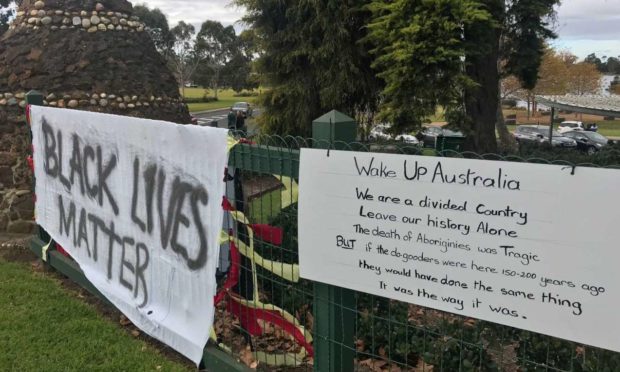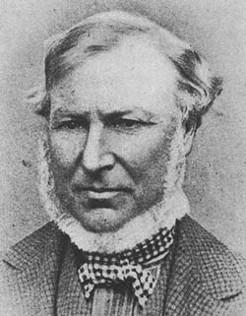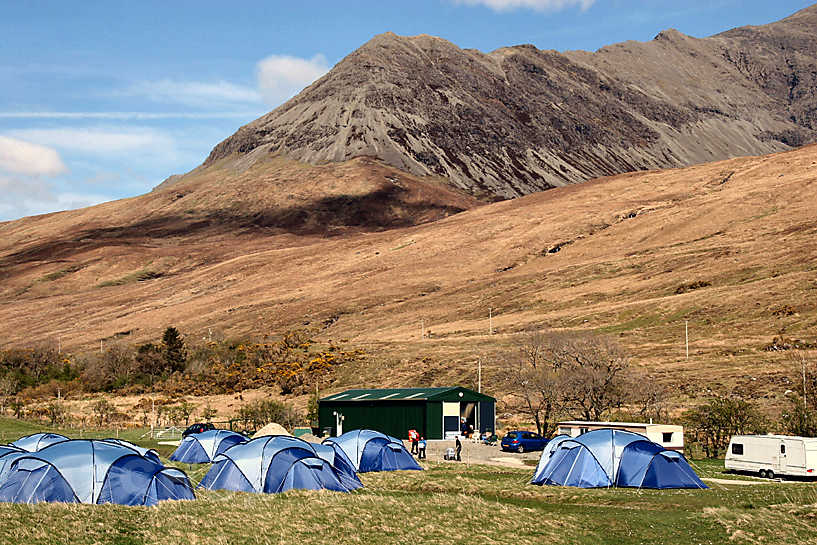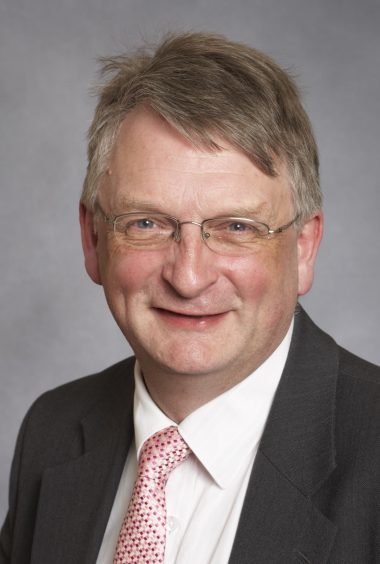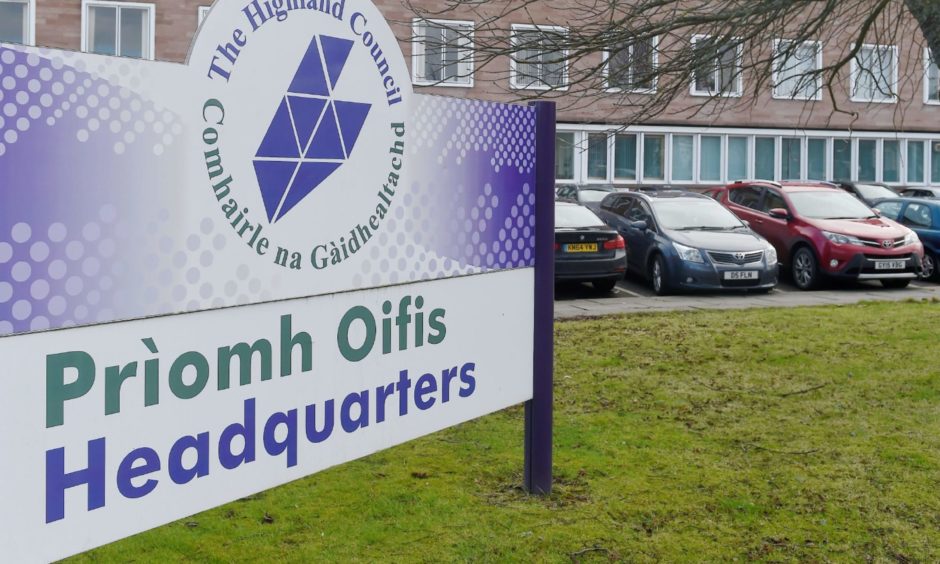Moves to tear down monuments in Australia honouring Skye-born explorer Angus McMillan have been rejected despite his alleged bloody past.
Once revered as a pioneer and Gippsland’s heroic founding father and discoverer, McMillan is now known as “the butcher of Gippsland” and has been linked to a series of massacres in the Victoria region in which approximately 300 Aboriginal people were killed.
It has been reported that there were probably more than 2,000 of the Gunaikurnai people in Gippsland when McMillan arrived in 1840.
By 1853 there were 131, and by 1857 only 96 – and although no one suggests all died violently, many did.
About 240 community submissions were made to Wellington Shire Council after monuments in honour of McMillan were targeted by Black Lives Matters protesters.
More than half of the submissions supported removing two cairns on council-owned land in Sale and Stratford.
Councillor Carolyn Crossley led the push for the removal of the historical markers but was unsuccessful by one vote, losing five to four.
Councillor Crossley said she remained hopeful that similar motions would be passed in the future.
Another 18 commemorative cairns in acknowledgement of McMillan are dotted across Gippsland following a 1920s campaign to recognise the European explorers in Victoria.
As a tribute to his pioneering spirit the country’s most southerly electoral district was also named after him in 1948, which included original lands of the Gunaikurnai in west and south Gippsland.
McMillan, who was born in Glen Brittle in 1810, chose to find his future in the colonies and emigrated to New South Wales in Australia where he arrived in 1838.
He became the overseer of Lachlan Macalister’s cattle station, befriended the local Aboriginal people and quickly became an expert bushman.
In 1839, battling drought, Macalister encouraged McMillan to seek new pastures and a route to the coast.
McMillan and five other men made several excursions in unexplored areas of Gippsland, discovering extensive land of grazing potential and naming the watercourses that he crossed.
The view of McMillan as a heroic explorer and pioneer was disrupted in the late 1980s when historian Peter Gardner claimed McMillan was involved in multiple massacres in Gippsland.
The most barbaric act McMillan is associated with is the massacre at Warrigal Creek in which up to 180 Indigenous men, women and children were shot down in their camp in retribution for the killing of a white man.
The extent of McMillan’s leadership of these conflicts has been contested although his own accounts indicate that he was there.
McMillan is said to have led five more massacres after that, at Nuntin, Boney Point, Maffra, Skull Creek and Butchers Creek.
In 2018, the Australian Electorate Commission renamed the federal seat of McMillan to remove its association with the massacres.
#BlackLivesMatter in Gippsland. There were several solidarity actions across the state and locally we are calling on local councils to address the monuments to mass murderer Angus McMillan.https://t.co/XP3lHGq8JP pic.twitter.com/IQFUo7FQYn
— GippsNews (@GippsNews) June 9, 2020
Mr Gardner is considered by the Royal Historical Society of Victoria as “the expert” on McMillan and his work was widely referred to throughout the cairns debate.
He said: “As the author of the provocatively titled Our Founding Murdering Father (1988), there has been a substantial amount of misinformed criticism, distortion, and selective quoting of my work, both in print and on social media.
“This book was mainly looking at McMillan’s life in relation to the Kurnai tribes, although it did have one chapter on the so-called ‘discovery debate’, in which the question was asked how someone can discover something that is already known.
“But, in a chapter called “The Butcher of Gippsland”, about a quarter of the book documents McMillan’s role in the frontier conflict in Gippsland.
“Published 30 years ago, the work has received little criticism until recently, and much of that is of a political, partisan nature.
“The factual basis for the work remains sound.”
He said anyone who casually dismisses much of it as “myth” is “attempting to rewrite currently accepted history with little evidence or substance”.
Dr David Alston, a Highlands-based historian and former councillor, said: “This is a decision for the people of Wellington Shire County in Victoria, Australia.
“But having said that I am disappointed that the proposal to remove the memorial cairns has not been successful and that there seems to be no alternative proposal on the table to modify the memorials so as to draw attention to the dreadful massacre for which Angus MacMillan was responsible.
“The common excuse – that he was simply a man of his time, with the attitudes of his day, simply does not hold water.
“This is a shared heritage – most obviously with the Aboriginal people of Gippsland.
“But also with Scotland and the Highlands.
“MacMillan, from Glen Brittle in Skye, is portrayed on at least one memorial as a Highlander and his acts are part of the legacy of Highland Scots in Australia.
“Personally I would like to see Highland Council, or its Skye District Committee, express a view – from councillors here to councillors there – and I would hope their view would be that these memorials, at least in their present form, should not stand.”
A Highland Council spokeswoman said: “Highland Council is committed to equality and diversity.
“A series of seminars and workshops are planned when all members will get the opportunity to inform themselves of Highland’s history and then reflect on how this might change the council’s policies and operations.
“While Skye councillors support that there is no place for racism anywhere or at any time – they were not previously aware of these historical memorials in Australia and have yet to discuss this specific matter.”
In need of money, in 1864 McMillan acceded to a request from the Victorian Government to lead a team of men into Gippsland’s alpine region with the aim of mapping and clearing tracks to support local mining operations.
It was to be McMillan’s last expedition.
In May 1865 he was clearing a track near Dargo when a horse slipped and fell, crushing him beneath it.
